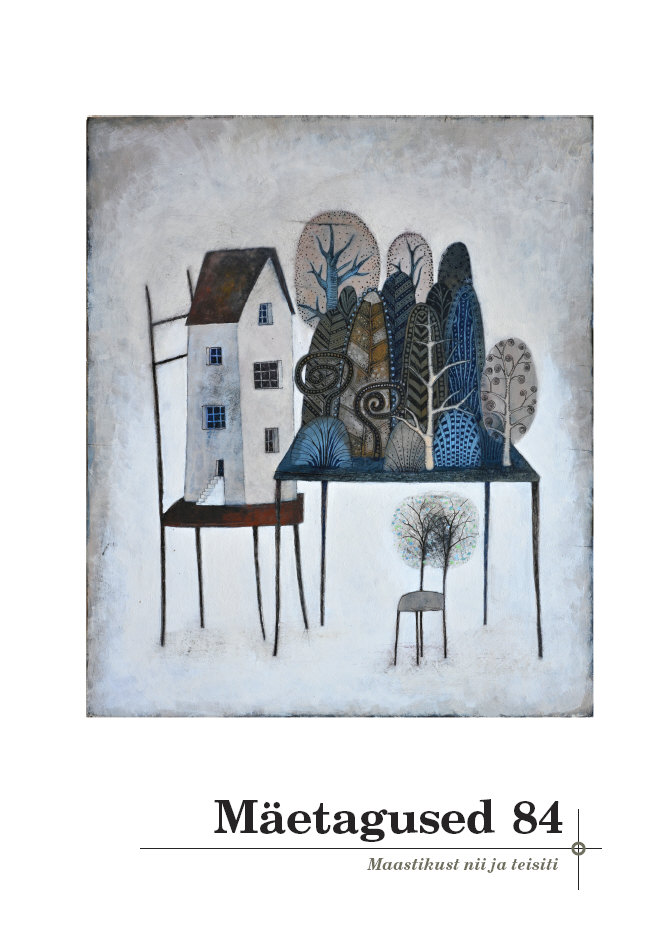Gruusia-Abhaasia sõja (1992–1993) retseptsioon eesti meedias sõja ajal ja järel
Reception of the Georgian-Abkhazian war (1992–1993) in the Estonian media during and after the war
Author(s): Aivar JürgensonSubject(s): Media studies, Military history, Transformation Period (1990 - 2010)
Published by: Eesti Kirjandusmuuseum
Keywords: Georgian-Abkhazian war; media; war journalism; reception;
Summary/Abstract: In the minds of Estonians Abkhazia is associated mainly with Estonians living there. When the Georgian-Abkhazian war broke out in August 1992, the Estonian state evacuated about 170 Estonians and their families from Abkhazia in the autumn of the same year. The reception of the war itself in the Estonian media was low and related to the situation of Estonians there, but the motives and direct causes of the war and the development of war events were also examined. One Baltic News Service journalist observed the evacuation of Estonians and wrote about the events of the war on the spot, but most of the authors operated in Estonia and used various sources. In today’s context, it may seem surprising to what extent materials from Russian information channels were used, but at that time it was understandable: Russia covered events in its border countries more actively than Western agencies. Materials translated directly from Russian newspapers were also published in the Estonian press. The choice of sources also influenced the framing in which the events of that time were mediated. The coverage of the war in the Estonian media has undergone significant developments over the decades. The articles published during the war presented the events in a neutral way, rather sympathizing with the Abkhazians than the aggressor. While in the first half of the war the fighters of the Confederation of Mountain People of the Caucasus were presented as allies of the Abkhazians, the articles published at the end of the war sometimes included Russians, although the contribution of the Russians was not explained. However, even at the end of the war, the coverage remained largely neutral, conveying the views of both Georgians and Abkhazians. From the middle of 1994, the reception of the war began to change, which was related to Georgia’s international self-assertion. Reports from international organizations increasingly highlighted the issue of Georgian war refugees and Georgia’s claim to territorial integrity. This was also reflected in the Estonian media, where Abkhazians were increasingly called separatists without the right to independence. However, until the end of the 1990s, some articles were published that also provided Abkhaz views on events. Estonia had taken a clear direction towards integration with the West, but there was no clear understanding of Georgia’s orientation, which also influenced the attitudes of Estonian media towards Georgia-Abkhazia relations. Georgia’s leader, Eduard Shevardnadze, maneuvered between the West and Russia, pushing Abkhazia into an economic blockade and concluding agreements with Russia, while seeking integration with NATO and the European Union. The situation changed dramatically after the Rose Revolution in Georgia, when Mikhail Saakashvili, who had come to power, began to move unequivocally on the path of Western integration. At the same time, Georgia’s relations with Russia deteriorated. Georgia, a small brave country in conflict with Russia, suddenly became Estonians’ ally and friend. The common enemy unites, and when Saakashvili’s rhetoric gained a firm foothold in Georgia’s territorial integrity, Abkhazia was clearly positioned in the Estonian mainstream media as a separatist Russian puppet. Retrospectively, the reception of the Georgian-Abkhazian war changed – the pluralistic approach of the 1990s was replaced by the Georgian version. In this connection, the portrayal of the role of the Russians in the war also changed: peace mediators in the early 1990s or postcolonial implementers of the divide et impera principle now became allies of the Abkhaz. After the Law of Occupied Territories was adopted in Georgia on 23 October 2008, the concept “occupied Georgian territory” as an epithet of Abkhazia appeared in the Estonian media. As Russia continues to be in the position of a negative external “stranger” for the Estonian media, Russia’s relations with Georgia continue to influence our media attitudes towards Abkhazia and interpretations of the Georgian-Abkhazian war.
Journal: Mäetagused. Hüperajakiri
- Issue Year: 2022
- Issue No: 84
- Page Range: 203-230
- Page Count: 28
- Language: Estonian

